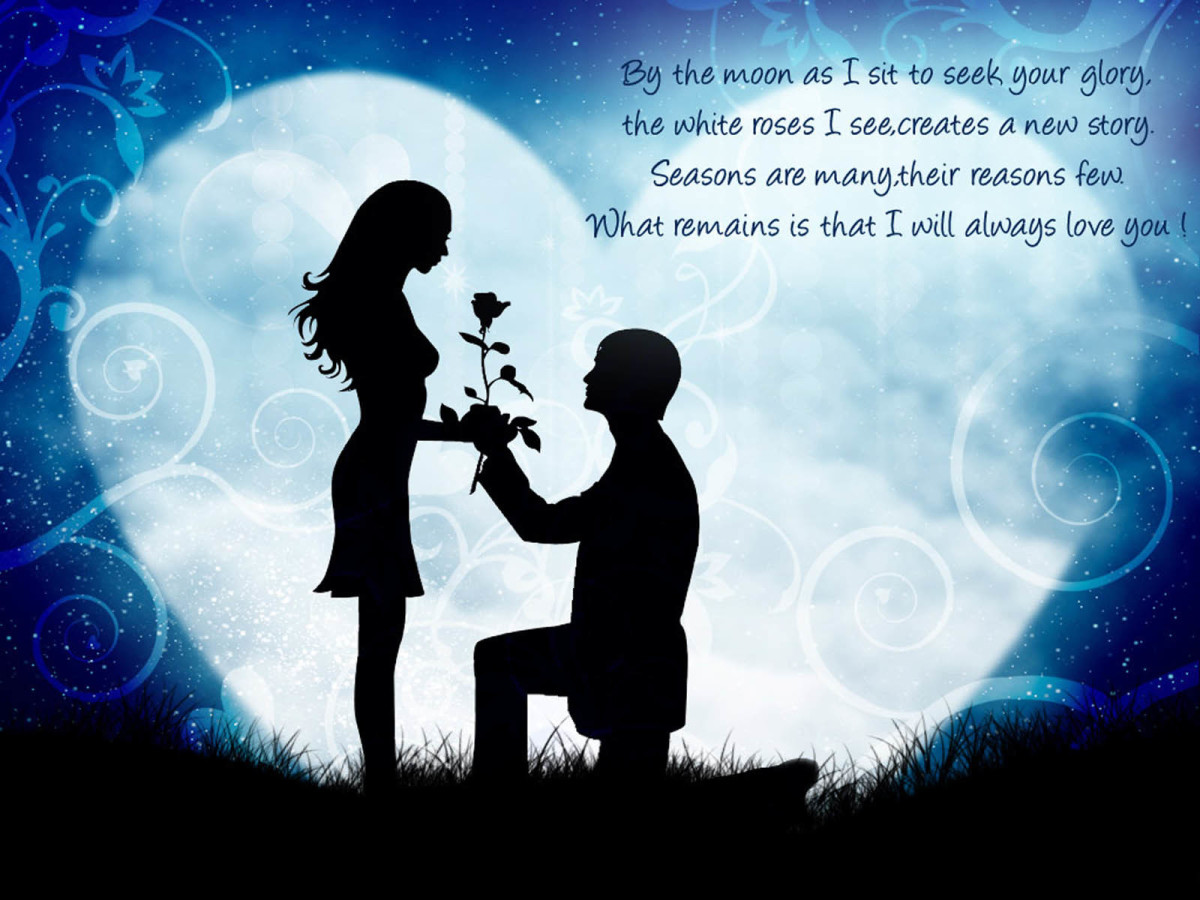How to Write a Successful Story
Romance and Mystery from Kindle

Plotting and scheming that novel
So, you want to write a mystery or maybe a fantasy, or are you hankering after creating a block-buster adult romance? No matter what your chosen genre, you're attempting to write a novel.
Writing is your ambition yet you don't seem to be moving forward - a common problem if the number of letters I get is anything to go by.
First off, make sure you understand just what the plot is about. Some people seem to think the plot will magically evolve as they write. This is nonsense. Writing is a logical process. Hard work is required. 1% inspiration, 99% perspiration....
As far as a novel is concerned, a plot can perhaps be described as the structure of scenes dealing with the problems that separate a novel from daily life.
Most novels are larger than life. More things happen, deeper problems are solved. Novels fulfil a reader's flight of fancy because it is how they think they would like their lives to be.
This is where a Newbie author can slip-up. They sometimes try to make their novel too ‘true to life'. Readers don't want stories that are life as THEY live it. When readers pick up a book, they're seeking diversion from routine. Successful novels reflect their fantasies.
My blogs 'n stuff
About the author
- Short stories by AJ Barnett have been published since 1994 in magazines, summer specials and international competitions, been broadcast on radio and recorded for audio books.
Structure of a novel - The Scene.
The numerous minor causes and effects that occur during the plot, group together to form scenes. The scene is another elementary building block of fiction. The scene is made up of three parts.
- Goal.
- Conflict.
- Failure of the character to reach the goal.
There must be a goal(s) or there is no story. The central character(s) must strive towards some almost impossible ideal or purpose. In the path of this striving should be obstacles, and these create conflict. All stories should have conflict. Without conflict there is nothing to tell.
There should be one, and only one, primary goal and this should run through the whole of the novel. The primary goal is the purpose behind the tale. The primary goal should be made plain at the outset of the story. There can be numerous minor goals and conflicts that trickle in and out as the story unfolds. The primary goal should not be resolved until the story reaches the end, but minor goals can, and should, be disentangled as the story progresses.
-------------------------------------------------------------








